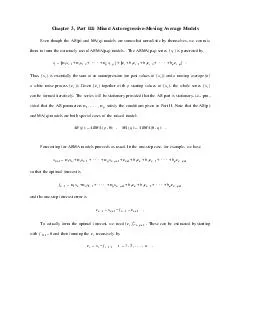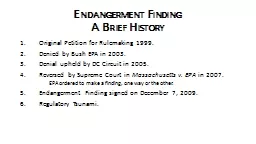PPT-Finding Instability in Biological Models
Author : natalia-silvester | Published Date : 2016-11-07
Byron Cook 12 Jasmin Fisher 13 Benjamin A Hall 1 Samin Ishtiaq 1 Garvit Juniwal 4 Nir Piterman 5 1 Microsoft Research 2 University College London 3 University
Presentation Embed Code
Download Presentation
Download Presentation The PPT/PDF document "Finding Instability in Biological Models" is the property of its rightful owner. Permission is granted to download and print the materials on this website for personal, non-commercial use only, and to display it on your personal computer provided you do not modify the materials and that you retain all copyright notices contained in the materials. By downloading content from our website, you accept the terms of this agreement.
Finding Instability in Biological Models: Transcript
Download Rules Of Document
"Finding Instability in Biological Models"The content belongs to its owner. You may download and print it for personal use, without modification, and keep all copyright notices. By downloading, you agree to these terms.
Related Documents














